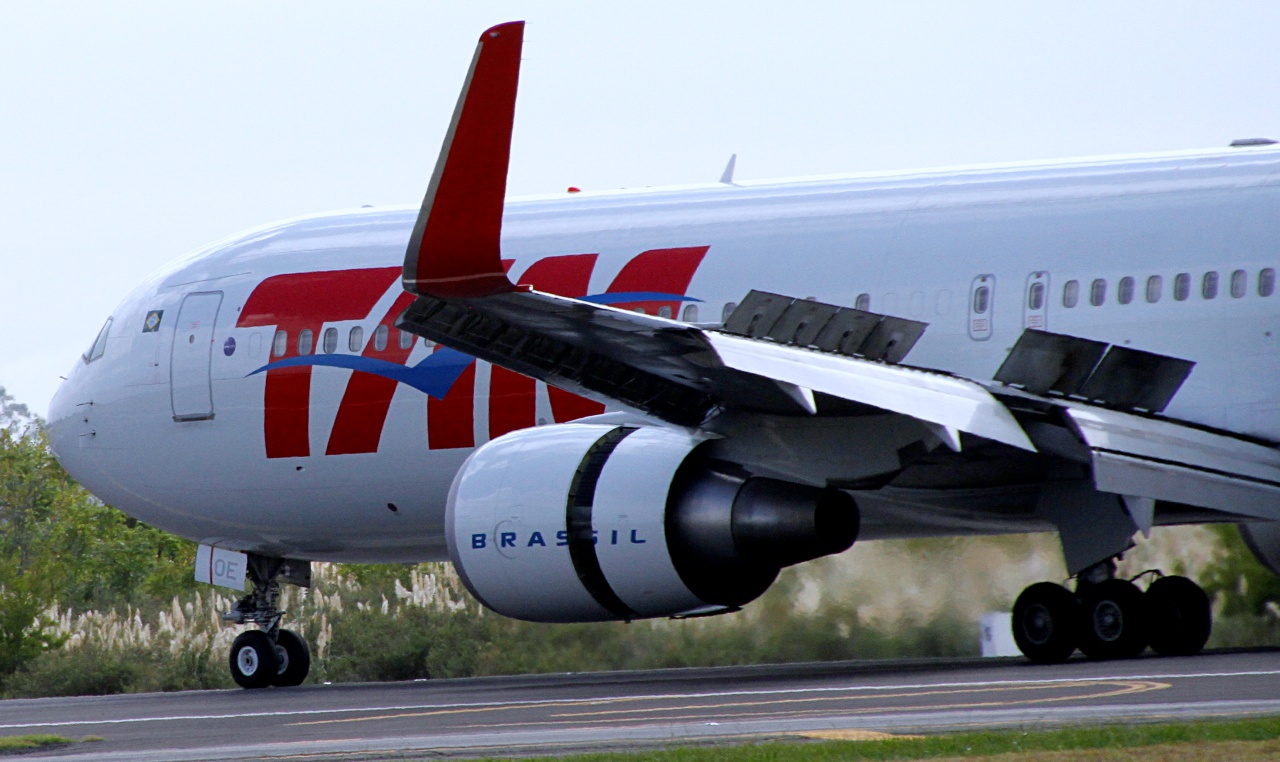After Four Decades, Brazil Bids Farewell to Boeing 767 Passenger Flights
On November 15, LATAM Brasil concluded a 15-year history with its Boeing 767-300 (ER) fleet by operating its last commercial passenger flight on the São Paulo/Guarulhos (GRU) – Manaus (MAO) – São Paulo/Guarulhos (GRU) route.
According to our partner media in Brazil, Aeroin, the last flight was LA 3560/61, operated with the aircraft registered PT-MOD. Along with a second Boeing 767, PT-MSO, they were transferred to São Carlos (QSC) for conversion into freighters.
At its peak, the airline operated up to 19 Boeing 767-300 (ER) aircraft, making it the largest wide-body fleet of the LATAM Group, alongside the Airbus A350-900 and Boeing 777-300 (ER).
The process of retiring the 767 began in 2020, with the return of three aircraft, followed by an additional five in 2022. All were converted into freighters. Recently, the LATAM Group received its 19th Boeing 767-300 (BCF), previously used for passenger flights.
Despite concluding passenger operations in Brazil, the Boeing 767-300 (ER) will continue to serve within the LATAM Group. According to Cirium, the company has nine Boeing 767s based in Lima (LIM), Peru, connecting Atlanta (ATL), Los Angeles (LAX), Miami (MIA), New York (JFK), and briefly, between December and January, Madrid (MAD), with a total of 78 weekly flights.
To replace the Boeing 767, the LATAM Group has introduced the Boeing 787 Dreamliner: 10 of the 787-8 variant and 23 of the 787-9 variant, and three more scheduled to be delivered in the coming months.

The Boeing 767 and a 40-year legacy in Brazil
Brazil has been a key market for the Boeing 767 for four decades, starting when a Boeing 767-2Q4 with registration PT-TAA of Transbrasil landed at Brasilia International Airport on June 8, 1983. The 767 played a fundamental role in the international flights of Brazilian airlines, serving destinations in the Americas, Europe, and even some points in Africa.
Transbrasil was the launch customer of the 767 in South America, operating a total of 14 aircraft, including three -200, six -200 (ER), and five -300 (ER). The Boeing 767 operated from Congonhas connecting to the United States, an achievement unmatched by any other aircraft.
VARIG was another key player in the region operating the model, receiving a Boeing 767-200 (ER) in 1986 and the first Boeing 767-300ER in 1989, making it the launch customer of the model in Brazil. In total, VARIG operated 16 Boeing 767s.
ABSA was the third Brazilian airline to operate the 767 and the launch customer in Brazil for the Boeing 767-300 (F) freighter.

The charter airline BRA Transportes Aéreos briefly operated two Boeing 767-300 (ER) aircraft between 2004 and 2006, previously flown by Trans World Airlines (TWA), mainly serving Miami, Madrid, and Lisbon.
Oceanair acquired two Boeing 767-300 (ER) aircraft from United Airlines in 2007 to fill the void left by Varig. Its sole destination was Mexico City, with occasional flights to Angola during the oil boom. Both planes were retired from service during the 2008 crisis.
GOL operated a charter flight division with a Boeing 767.
Rio Linhas Aéreas was the second cargo airline to operate Boeing 767s in Brazil, with two units, becoming the first Brazilian company to use the Boeing 767-200 (F), previously operated by All Nippon Airways (ANA).
The Brazilian Air Force (FAB) operated a single model, the 767-300ER, between July 2016 and July 2019, replacing the KC-137.

Finally, TAM, now LATAM Brasil, received its first Boeing 767 in 2008 to fill the void left by Varig. However, the economic challenges of the time allowed for the acquisition of only three Boeing 767-300 (ER)s. Following the merger with LAN Chile, the fleet plan was revised and the new management opted to replace the Airbus A330 with LAN’s 767-300ERs, eventually reaching a total of 18 aircraft.
See Also: The Boeing 767 Celebrates 40 Years of Service and Its Production Continues
In total, Brazil had up to 68 Boeing 767s in operation since 1983, and currently, LATAM Cargo is the only airline continuing the legacy in the country, operating freighter versions.

/https://aviacionlinecdn.eleco.com.ar/media/2021/01/LATAM_Brasil_PT-MOD_Boeing_767-316_ER_39427142214-1.jpg)
Para comentar, debés estar registradoPor favor, iniciá sesión